NASA Astronomy Picture of the Day 26 January 2023: Dazzling Active Galaxy
NASA’s Astronomy Picture of the Day is a mesmerizing snapshot of the Active Galaxy NGC 1275 residing at the center of Perseus Galaxy Cluster.

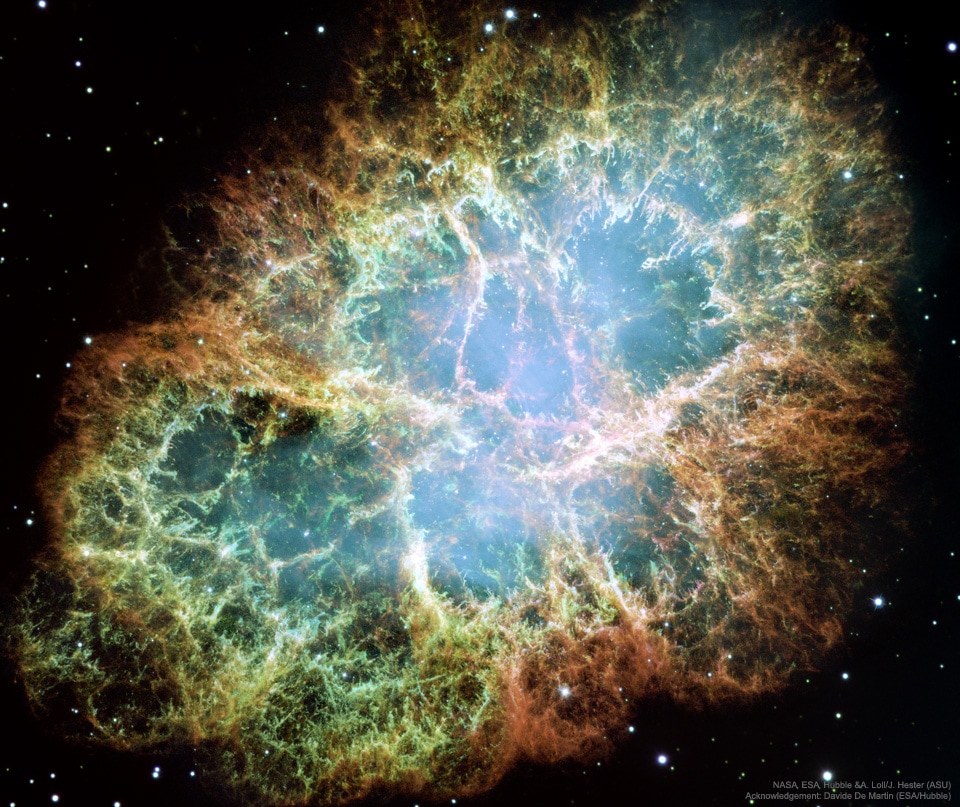
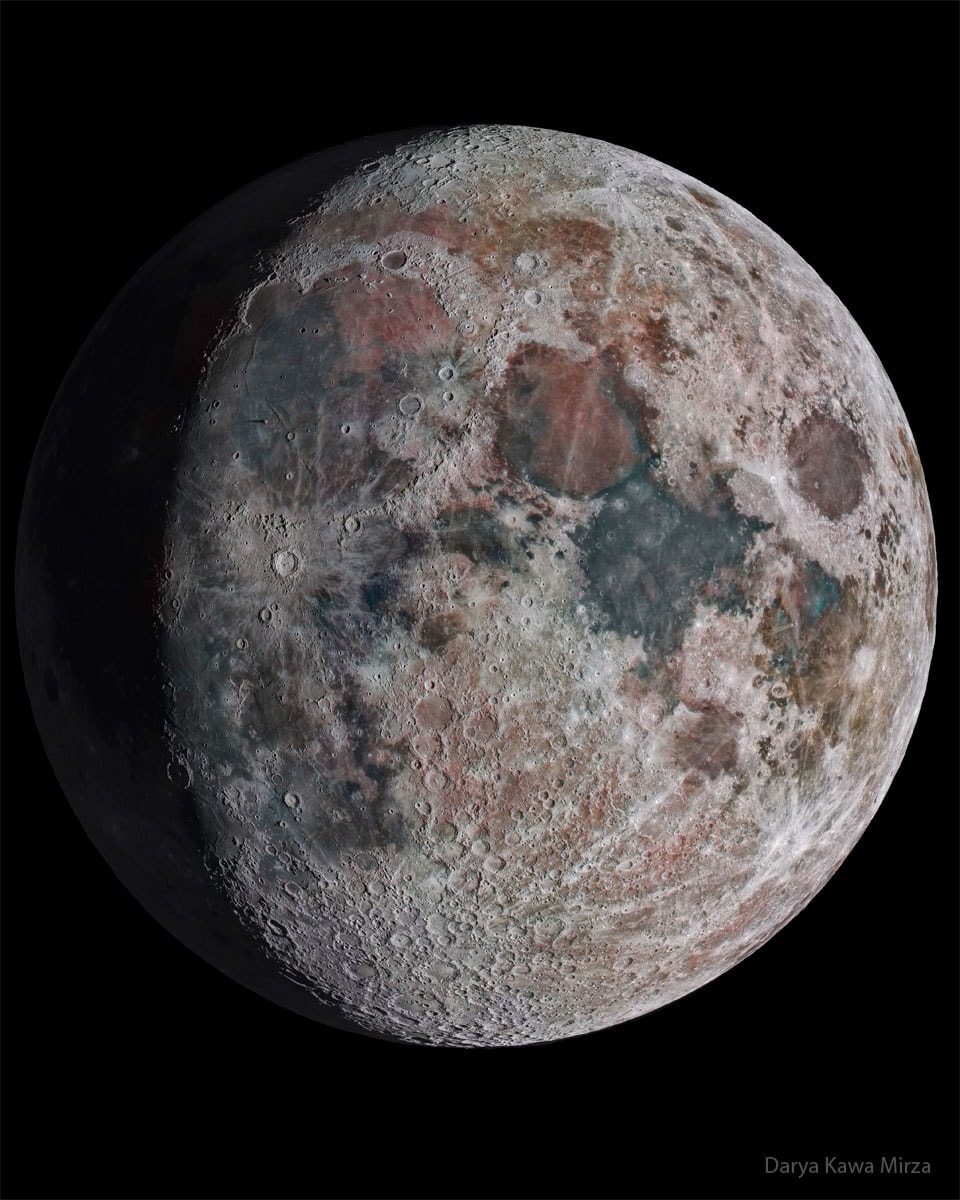
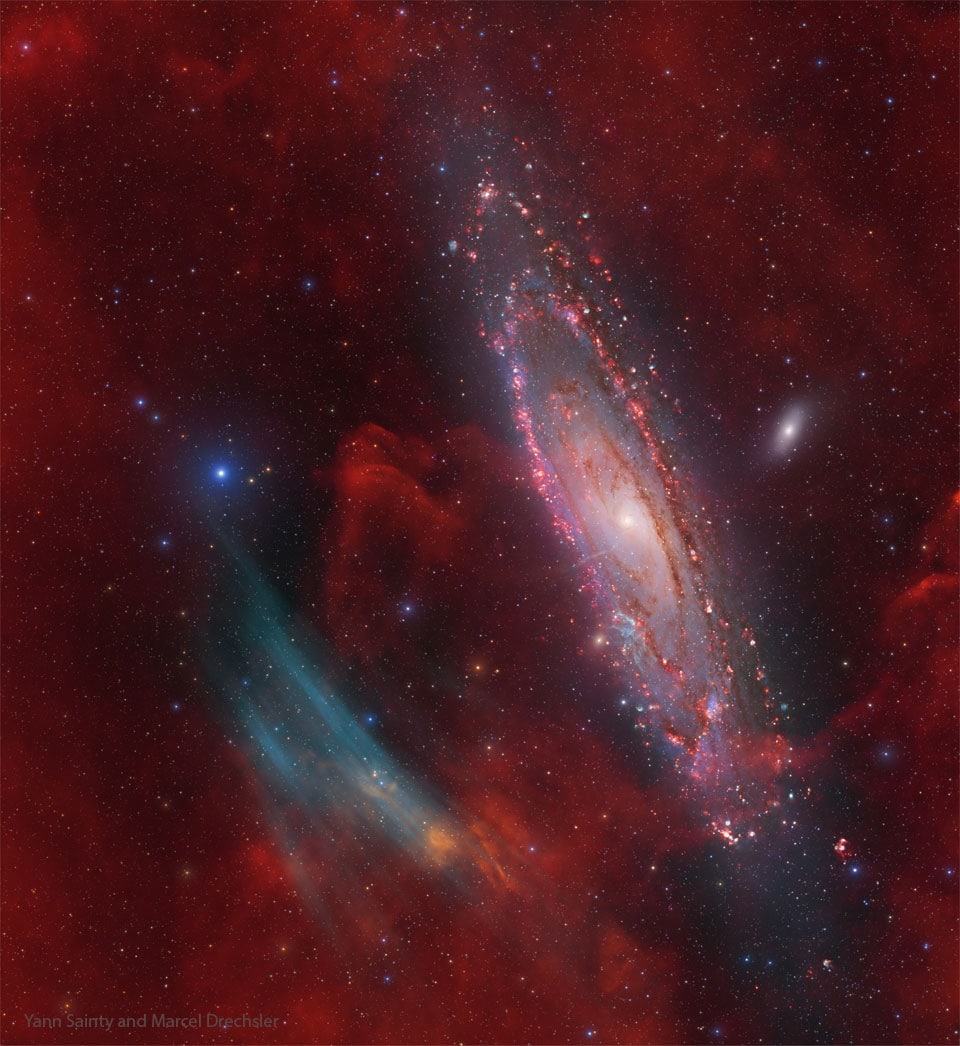
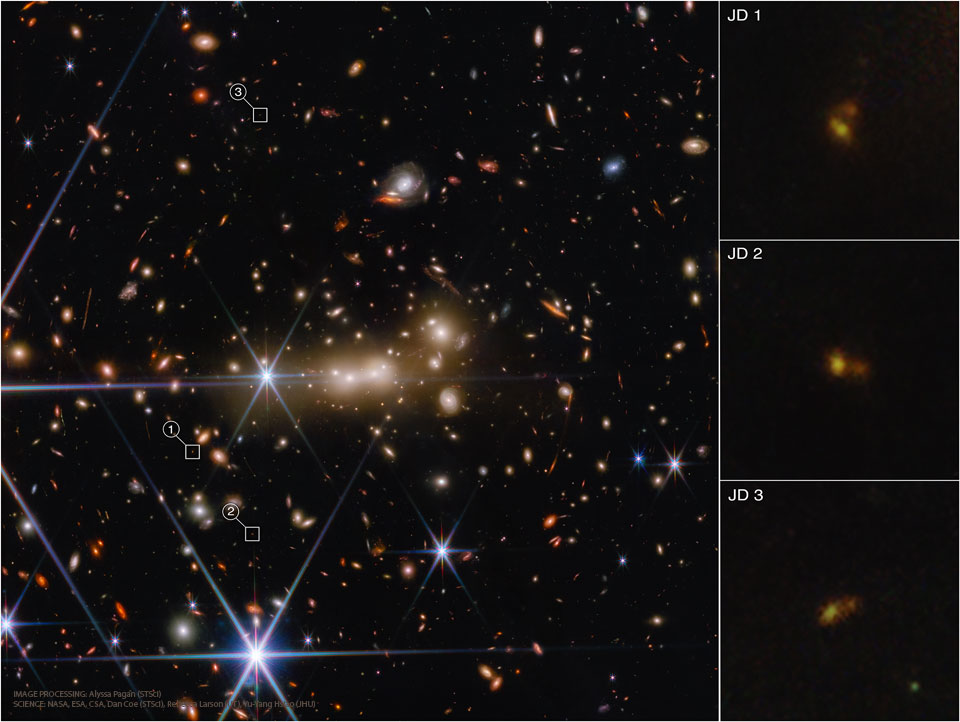
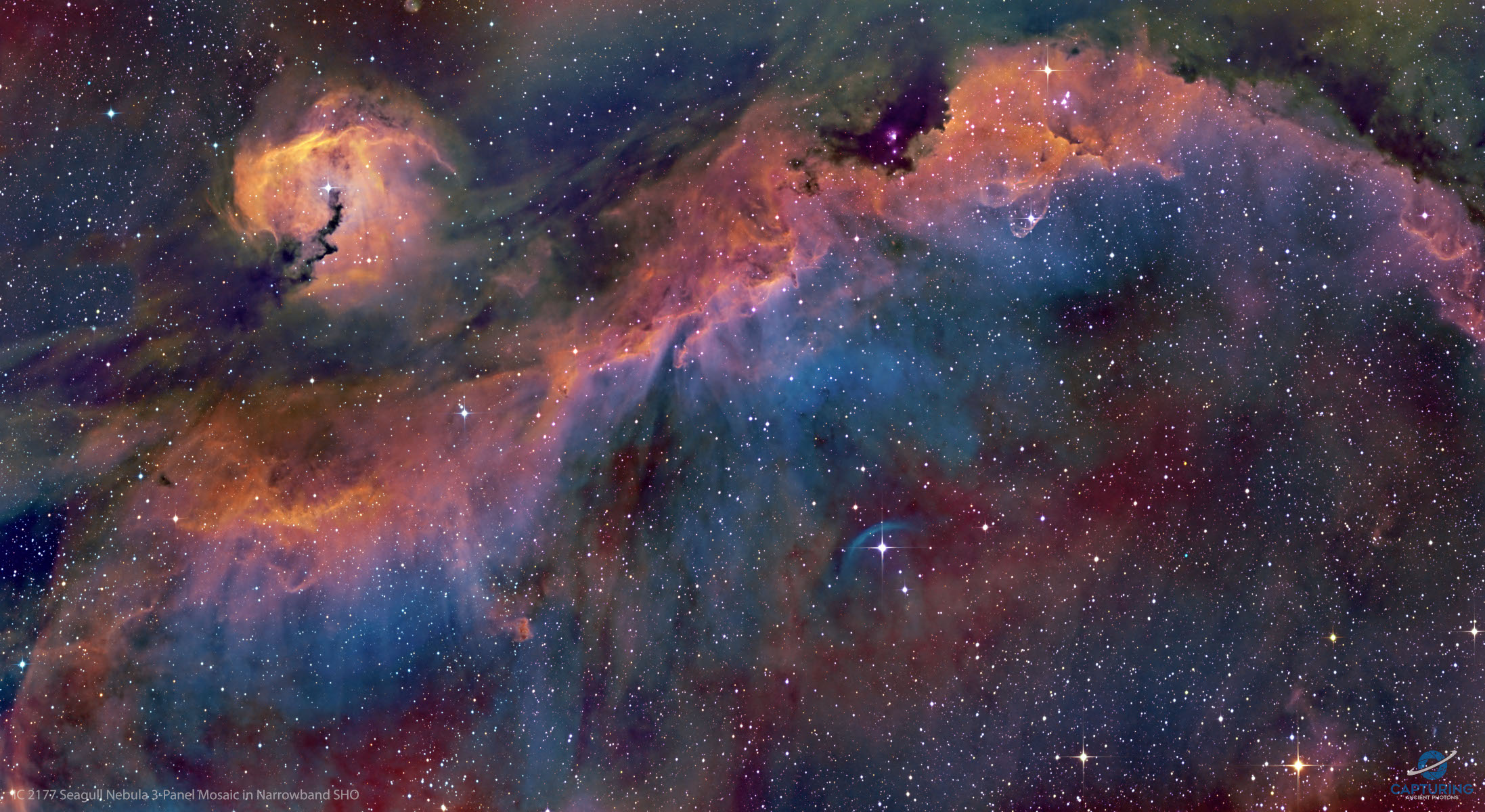
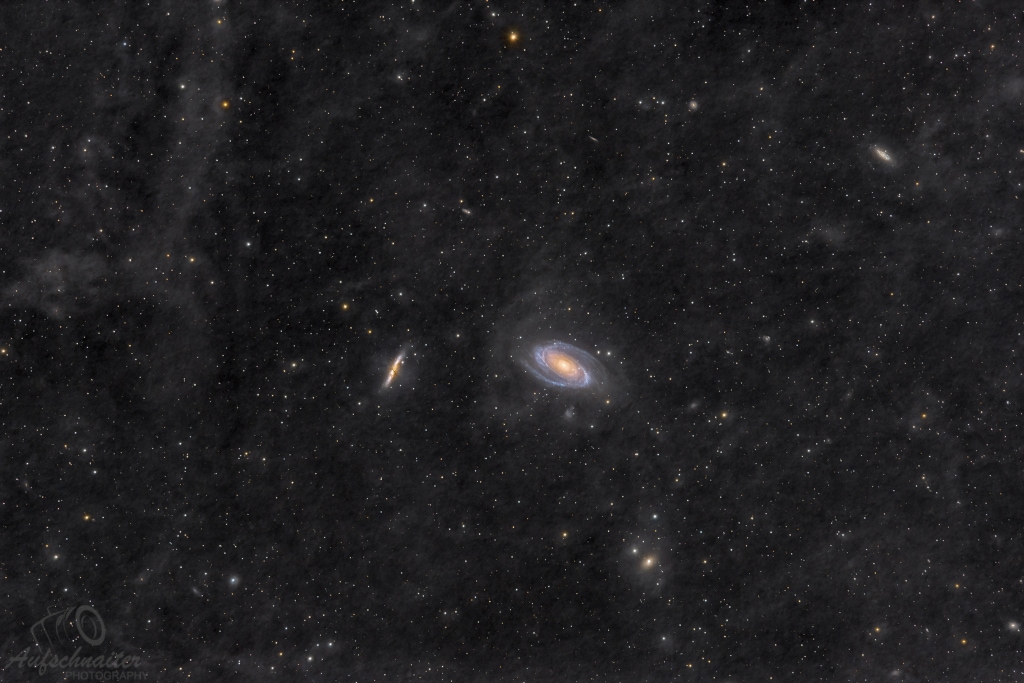
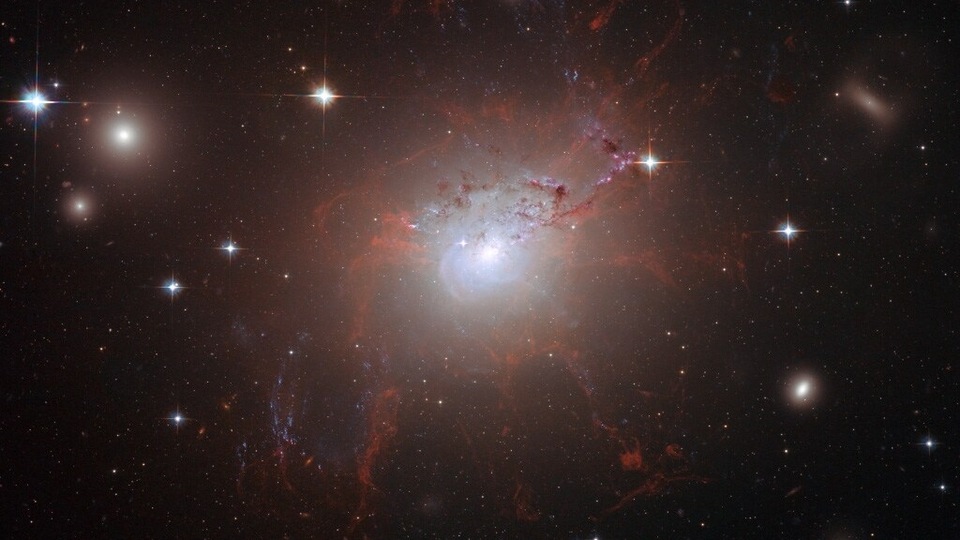
 View all Images
View all ImagesIn the Universe, galaxies exist in the vast expanse of space. But they are not alone. In fact, galaxies exist in huge groups which are closely connected by gravity. Most galaxies exist in groups or clusters with dozens or hundreds of members, and these cluster galaxies are all in constant motion, pulled and twisted by their neighbour's gravity. Galaxy clusters are the largest objects in the Universe bound by gravity and astronomers can use them to measure important cosmological properties, according to NASA.
Galaxy Clusters are also known to contain dark matter which is invisible to telescopes since they do not emit, absorb, or reflect any electromagnetic radiation. NASA's Astronomy Picture of the Day is a mesmerizing snapshot of the Active Galaxy NGC 1275 which spans over 100,000 light-years. NGC 1275 is part of the Perseus Cluster of Galaxies. One of the closest and most studied galaxy clusters, the Perseus Galaxy Cluster of Galaxies is located nearly 250 million light-years away from Earth in the constellation of Perseus. NGC 1275 is a massive elliptical galaxy located at the center of the galaxy cluster.
The stunning picture was captured by the Hubble Space Telescope which is run in collaboration by NASA and ESA. Professor Andrew C Fabian OBE, an astronomer and astrophysicist of the University of Cambridge was also involved in the capturing of this amazing celestial object.
NASA explains
Active galaxy NGC 1275 is the central, dominant member of the large and relatively nearby Perseus Cluster of Galaxies. Wild-looking at visible wavelengths, the active galaxy is also a prodigious source of x-rays and radio emission. NGC 1275 accretes matter as entire galaxies fall into it, ultimately feeding a supermassive black hole at the galaxy's core. This color composite image made from Hubble Space Telescope data recorded during 2006. It highlights the resulting galactic debris and filaments of glowing gas, some up to 20,000 light-years long. The filaments persist in NGC 1275, even though the turmoil of galactic collisions should destroy them.
What keeps the filaments together? Observations indicate that the structures, pushed out from the galaxy's center by the black hole's activity, are held together by magnetic fields. Also known as Perseus A, NGC 1275 spans over 100,000 light years and lies about 230 million light years away.
Catch all the Latest Tech News, Mobile News, Laptop News, Gaming news, Wearables News , How To News, also keep up with us on Whatsapp channel,Twitter, Facebook, Google News, and Instagram. For our latest videos, subscribe to our YouTube channel.
































